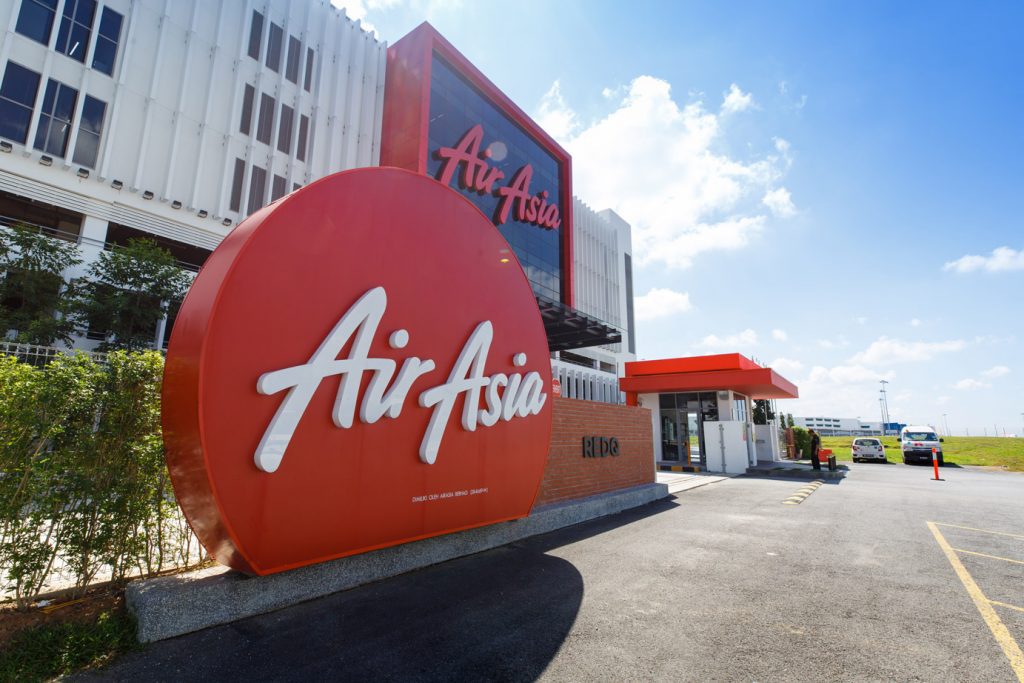AirAsia CEO Looks to Disrupt Again, This Time in Online Travel

Skift Take
Tony Fernandes is taking AirAsia on "the final part of the company's evolution," one that will see the airline become a tech player. But it’s one thing to disrupt legacy carriers, and another to disrupt the disruptors in the online travel space. He disagrees, of course.
Who will be the biggest online travel agency in Southeast Asia in future? Traveloka? Expedia? Agoda?
If you have not added AirAsia to the usual suspects, now’s a good time. As we’ve said before, online travel agencies will face competition from an unlikely source: AirAsia. Now its CEO Tony Fernandes has made it clear that the company’s future lies in being “more than just an airline.” And a lot of that has to do with “disrupting the disruptors” in today’s online travel space.
So if not an airline, what will AirAsia be? A tech player that happens to own an airline? “Yes, yes, yes,” Fernandes told Skift in an interview this week.
AirAsia has quietly been observing the disruption in the online travel and fin-tech space and believes its future is in travel e-commerce, he said.
See AirAsia CEO Tony Fernandes at Skift Forum Asia
It sees that without so much as lifting a finger, or spending the millions that the big bad online travel players do on marketing and customer acquisition, it can rake in huge sales. Last year, sales of AirAsia tickets alone, on AirAsia.com, amounted to $4 billion (RM16 billion).
What if it opens the platform to be a full online travel agency that sells not just AirAsia tickets but other airlines?
What if it starts being “bloody awesome” at selling hotels and pushing deals, which it never did before?
‘Monster Machine’
After 18 years in business, the proverbial pot of gold is not so much that AirAsia is now the largest low-cost carrier in Southeast Asia, but that the airline has gifted him a huge customer base and data, and a brand synonymous with val
